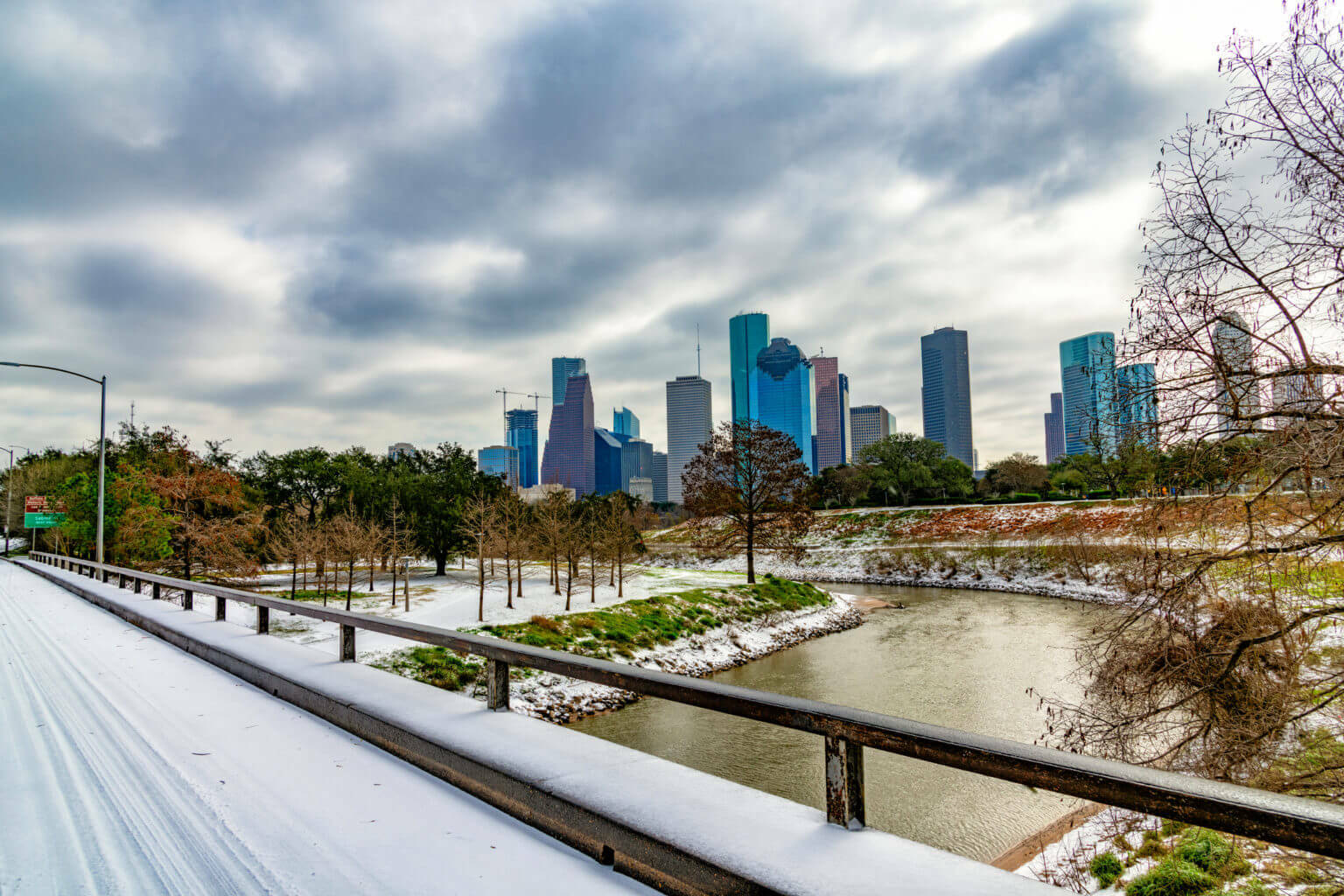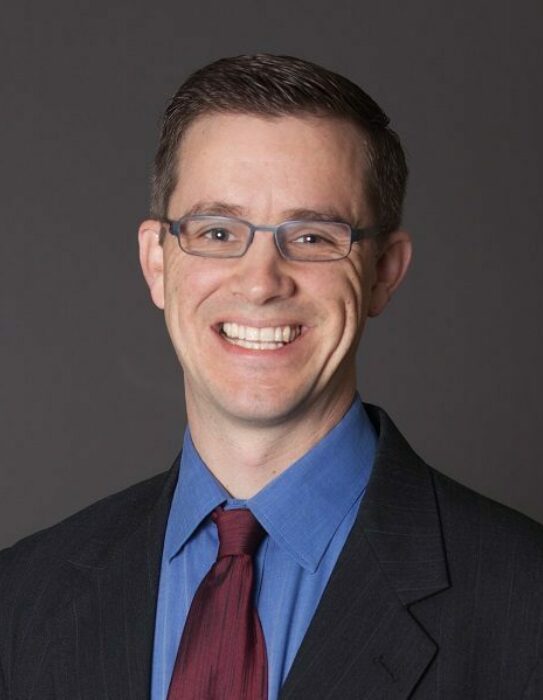A Perfect Storm: Born Out of Market Dynamics

As I sat shivering in my house staring at the dropping temperature and lamenting about the insulation factor of my windows and walls, I thought to myself: Could this have been avoided? Why was my family left in the literal darkness without power with a grid that was “seconds or minutes from collapsing?” Haven’t we had cold winters before? Haven’t we surely learned lessons from the past? Shouldn’t this have been something that could have been avoided?
It’s Tough To Point Fingers When Wearing Mittens
Overnight, everyone became an expert on the Texas grid, ERCOT, generation, and who was at fault. First, the politicians took a swipe at renewables, calling them out to task for freezing early. Then, stories emerged about natural gas pipelines freezing and at least one nuclear plant having to shut down. Local leaders promised hearings and task forces to get to the bottom of the issue. Everyone took a turn at blaming someone and no one took ownership of the disaster.
Why Even Write History When We Refuse To Heed Its Warnings?
On Valentine’s Day, precipitation and dropping temperatures created the “perfect storm”, which led to systems and chain reactions triggering a series of events that almost collapsed the grid in Texas. The generation outages were initiated to protect the plants.
Non-winterized plants can sustain significant damage if they don’t shut down when their systems alert operators to do so. Turbine blades stopped spinning due to ice on them. If they don’t, then the delicate balancing required to generate power will cause cavitation and potentially long-lasting damage to expensive machinery.
The secondary side of the South Texas Nuclear Power Plant experienced an automatic reactor trip, which, in turn, provided a signal to the operators that feedwater pumps were not functioning correctly. Since, rightfully so, the South Texas Nuclear Plant values safety, they shut the reactor down to investigate.
Like most with intermittent power, I went online to do my own sleuthing and figure out the culprit. The truth is that there are numerous factors to blame. This article is not going to chronicle or chastise any one person or group that may have played a role. I personally think that’s akin to blaming the O’Leary’s cow for causing the great Chicago fire in 1871, without examining why the fire was able to spread quickly.
When I began to realize that each individual system was functioning correctly and contributing to the entire calamity by its localized actions, I wondered if this had happened before. Buried deep in the comments of one thread bantering back and forth about renewables was a link to a 2011 FERC report entitled, “Report on the Outages and Curtailments during the Cold Weather Event of February 1-5, 2011.” Surely the past was entirely different than in 2021. Surely there was some other “smoking gun” that had been long since corrected in the detailed recommendations. Surely, we were dealing with some new issue that hadn’t been imagined. Sadly, we seemed to learn little from the past.
FERC 2011 Valentine’s Day Present: Identify Reasons For Disruptions & How To Prevent In Future
I think we can go ahead and put together the majority of the executive summary of FERC’s 2011 report as if it’s a Mad Lib that children play.
“The southwest region of the United States experienced unusually cold and windy weather during <insert date>. Lows during the period were in the teens for five consecutive mornings and there were many sustained hours of below-freezing temperatures throughout Texas and in New Mexico. Many cities in the region would not see temperatures above freezing until <insert date>. In addition, sustained high winds of over <insert large dramatic number> mph produced severe wind chill factors.
Electric entities located within the Texas Reliability Entity, Inc. (TRE) were affected by the extreme weather, as were gas entities in Texas.
Between <insert date range>, a total of <enter larger integer> individual generating units within the footprint of the Electric Reliability Council of Texas, Inc. (ERCOT), which covers most of Texas, experienced either an outage, a derate, or a failure to start. The loss of generation was severe enough to trigger a controlled load shed of <pick really large number> MW, which affected some <choose even bigger number> million customers.”
Back To Where We Began
For those that read the FERC 2011 report, it’s quite compelling and very detailed. It lays out a series of recommendations that should be followed. I think, though, that the reason why many Texans sit shivering in the dark is due to market behavior as the main culprit. The “Invisible Hand” of capitalism described by Adam Smith in the late 1700s is still at play.
If left alone actors in a market are supposed to behave in a self-interested way and push the equilibrium to a point where the entire society will benefit if the government doesn’t intervene. The premise is that actions in a market will have larger positive unintended consequences and that the corporation knows better than governments.
The Public Utility Commission (PUC) became the “Invisible Hand” by setting an offer cap to incent generation to come back on-line. This also worked to penalize generations that failed to show up for commitments. The market tried to respond. However, equipment and sensors failed and units froze up knocking them off-line.
While the equipment failed under these conditions, what’s interesting is power can be generated, transmitted, and consumed in some of the harshest weather conditions around. Just look at Norway, Sweden, or Finland close to the Arctic Circle, or any power assets in the North Sea. Why did Texas not implement processes, procedures, and equipment in line with these other assets?
Yes. Texas tends to be hot, not cold. Freezing temperatures and wild swings in weather are not the norm in the Lone Star state. Therefore, neither the market nor the government incented developers to build in winterization or other processes to allow the assets to function in freezing conditions for a prolonged period of time. Projects were funded with assumptions built-in that was more typical to the usual weather patterns.
So, What Now?
So, as the weather warms and the hearings commence, the details will come to light and an additional 250+ pages will be written. Whether we choose to follow those recommendations next time only time will tell. I don’t think heavy-handed regulation should drive the behavior. I think “rational self-interest” will be a stronger force for winterization given the huge financial consequences and strong public backlash and outrage.
Perhaps we should reset our mentality of what “normal” looks like and appreciate that weather fluctuations are the norm. Only then can we plan for a future where the needs of society are mutually met.
Related Insights
Our experts are here
for you.
When you choose Opportune, you gain access to seasoned professionals who not only listen to your needs, but who will work hand in hand with you to achieve established goals. With a sense of urgency and a can-do mindset, we focus on taking the steps necessary to create a higher impact and achieve maximum results for your organization.
LeadershipGeneral Contact Form
Looking for expertise in the energy industry? We’ve got you covered.
Find out why the new landmark legislation should provide a much-needed boost for the development of carbon capture.




